If you are living with psoriasis or know someone who is, you may want to stay up to date on the condition as well as current treatments and news.
Our Partner Organization
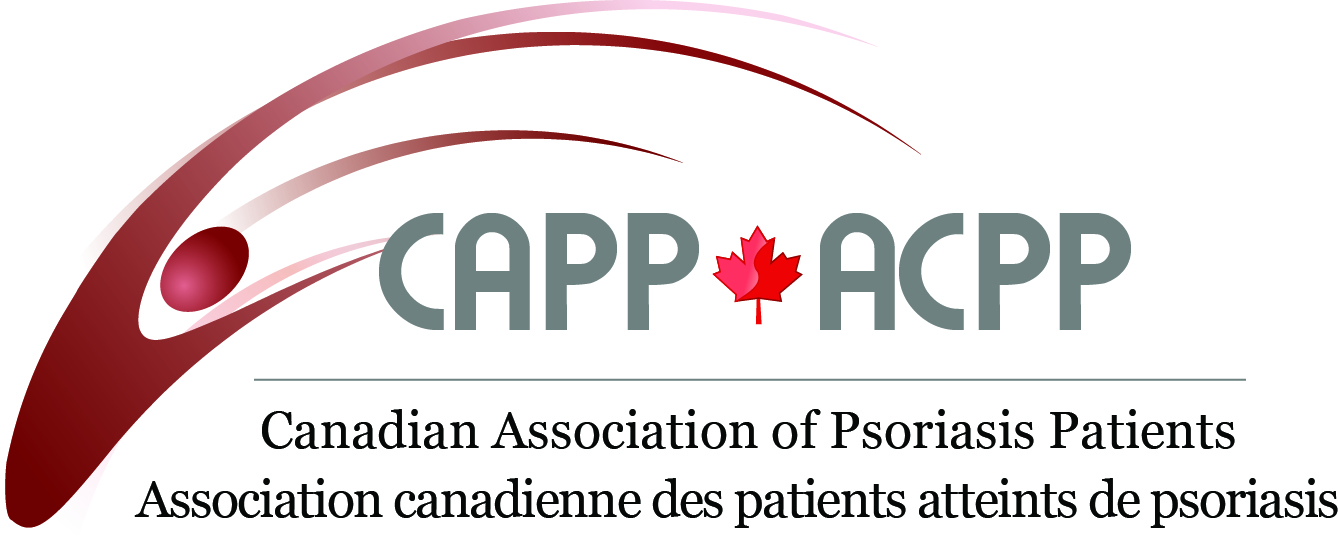 Canadian Association of Psoriasis Patients
Canadian Association of Psoriasis Patients
Our Affiliate Members
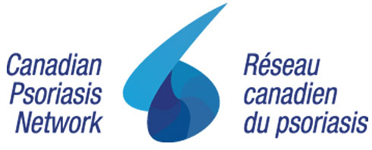 Canadian Psoriasis Network
Canadian Psoriasis Network
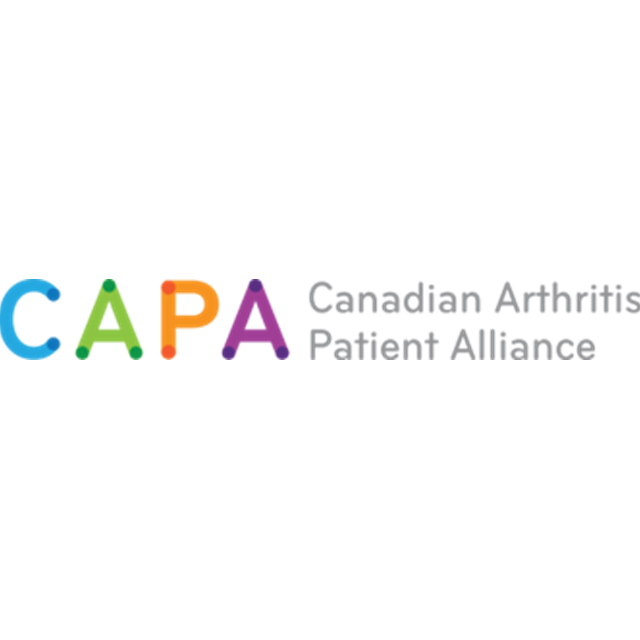 Canadian Arthritis Patient Alliance
Canadian Arthritis Patient Alliance
Psoriasis Patient Decision Aid
This decision aid has six steps to guide you through the process of choosing which treatment option best suits you: https://www.informed-decisions.org/psoriasispda.php
Magazine articles
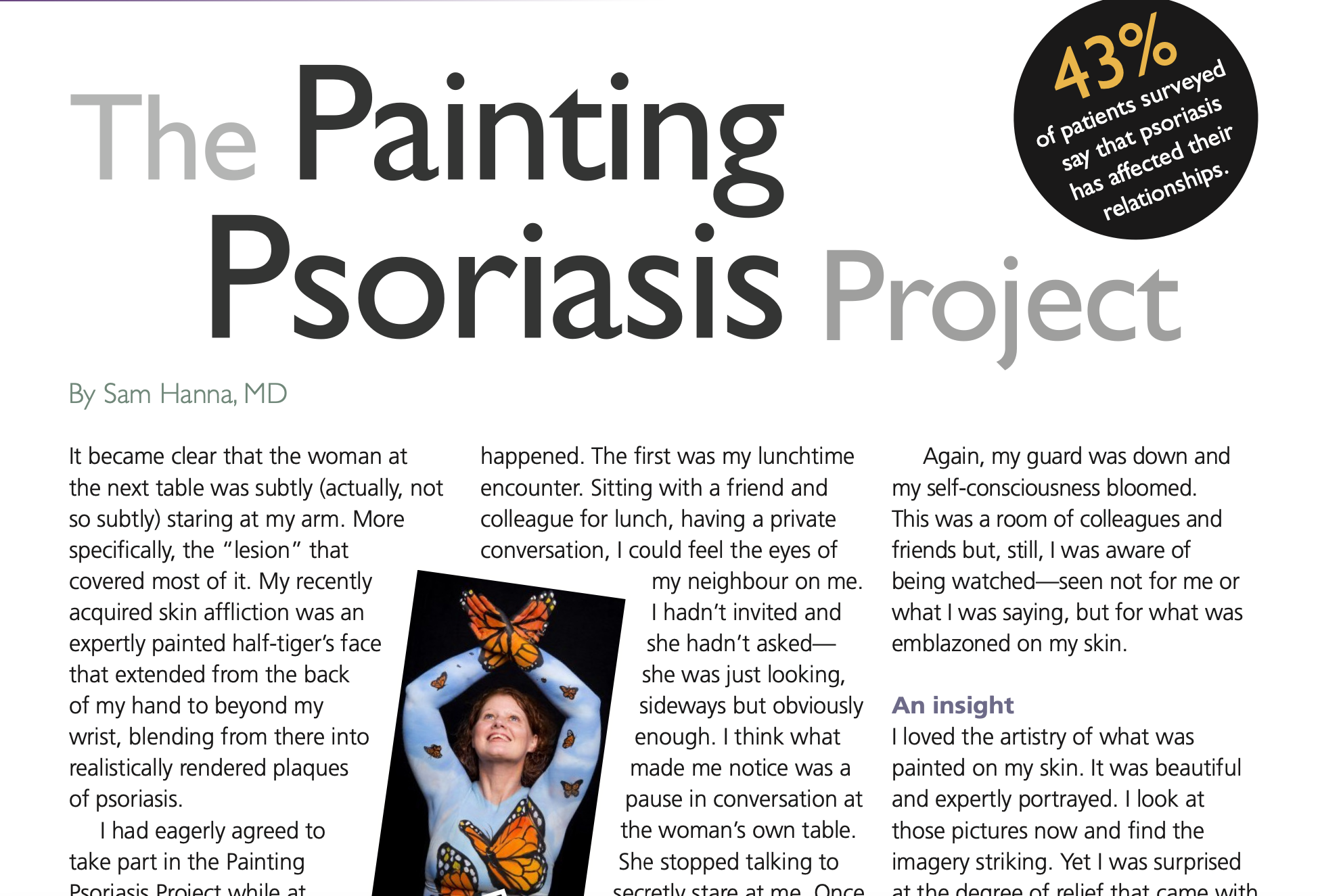 |
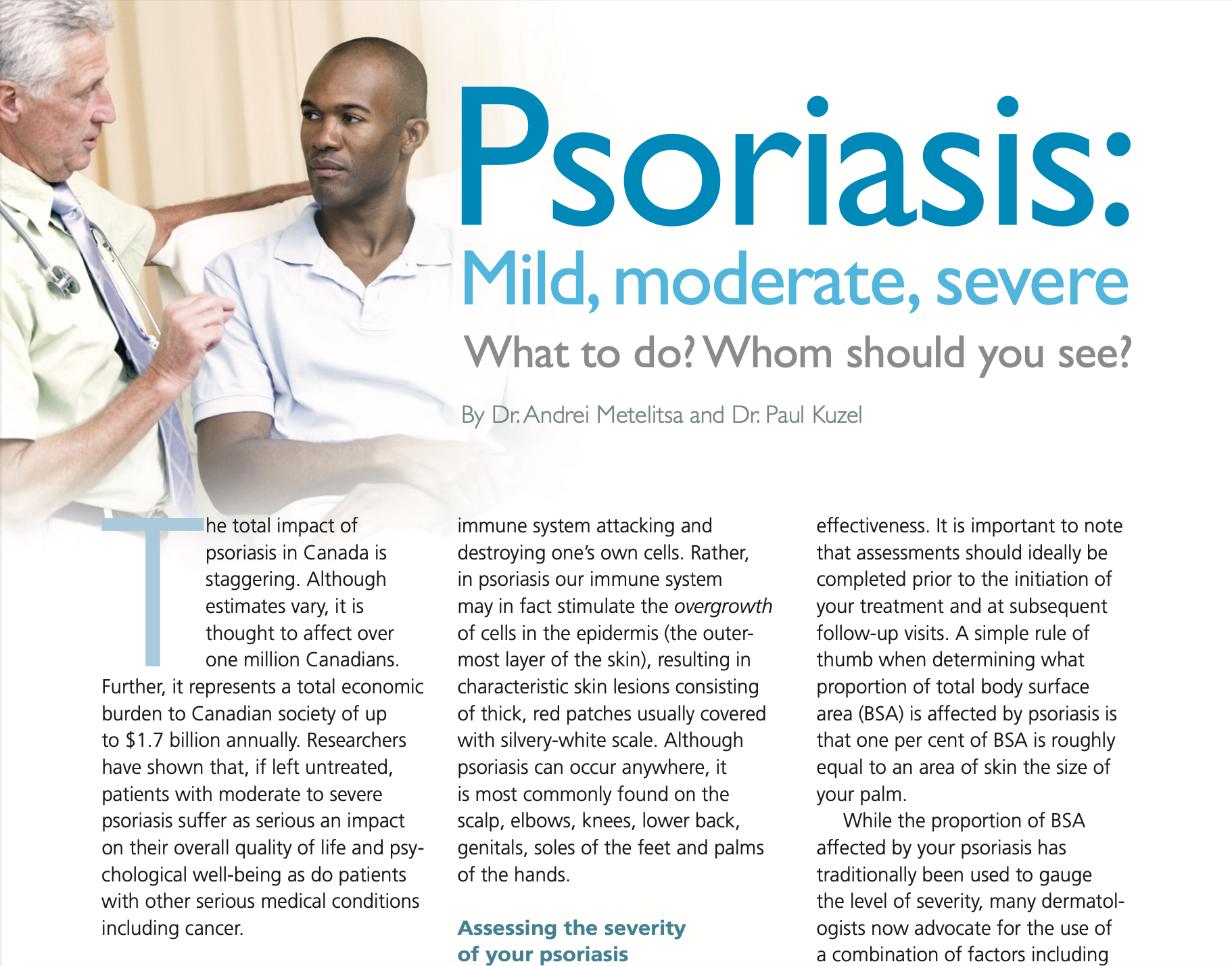 |
The Painting Psoriasis Project
Volume 8 Issue 3
(click image to view)
|
Psoriasis: Mild, moderate, severe
Volume 4 Issue 1
(click image to view)
|
REFERENCES
6. Clinical Review. www.cfp.ca. Accessed October 23, 2020.
8. Elmets CA, Korman NJ, Prater EF, et al. Joint AAD-NPF Guidelines of care for the management and treatment of psoriasis with topical therapy and alternative medicine modalities for psoriasis severity measures. J Am Acad Dermatol. 2020;0(0). doi:10.1016/j.jaad.2020.07.087
9. Kleyn EC, Morsman E, Griffin L, et al. Review of international psoriasis guidelines for the treatment of psoriasis: recommendations for topical corticosteroid treatments. J Dermatolog Treat. 2019;30(4):311-319. doi:10.1080/09546634.2019.1620502
10. Papp K, Gulliver W, Lynde C, Poulin Y, Ashkenas J. Canadian guidelines for the management of plaque psoriasis: Overview. J Cutan Med Surg. 2011;15(4):210-219. doi:10.2310/7750.2011.10066
11. Lin TL, Wu CY, Chang YT, et al. Risk of skin cancer in psoriasis patients receiving long-term narrowband ultraviolet phototherapy: Results from a Taiwanese population-based cohort study. Photodermatol Photoimmunol Photomed. 2019;35(3):164-171. doi:10.1111/phpp.12443
12. Weischer M, Blum A, Eberhard F, Röcken M, Berneburg M. No evidence for increased skin cancer risk in psoriasis patients treated with broadband or narrowband UVB phototherapy: A first retrospective study. Acta Derm Venereol. 2004;84(5):370-374. doi:10.1080/00015550410026948
13. Menter A, Gelfand JM, Connor C, et al. Joint American Academy of Dermatology–National Psoriasis Foundation guidelines of care for the management of psoriasis with systemic nonbiologic therapies. J Am Acad Dermatol. 2020;82(6):1445-1486. doi:10.1016/j.jaad.2020.02.044
14. Menter A, Strober BE, Kaplan DH, et al. Joint AAD-NPF guidelines of care for the management and treatment of psoriasis with biologics. J Am Acad Dermatol. 2019;80(4):1029-1072. doi:10.1016/j.jaad.2018.11.057
15. Yeung J, Gooderham MJ, Grewal P, et al. Management of Plaque Psoriasis With Biologic Therapies in Women of Child-Bearing Potential Consensus Paper. J Cutan Med Surg. 2020;24(1_suppl):3S-14S. doi:10.1177/1203475420928376
16. Menter A, Cordoro KM, Davis DMR, et al. Joint American Academy of Dermatology–National Psoriasis Foundation guidelines of care for the management and treatment of psoriasis in pediatric patients. J Am Acad Dermatol. 2020;82(1):161-201. doi:10.1016/j.jaad.2019.08.049
17. Committee CPGA. 2016 Addendum to the Canadian Guidelines for the Management of Plaque Psoriasis 2009. J Cutan Med Surg. 2016;20(5):375-431. doi:10.1177/1203475416655705
18. Lansang P, Bergman JN, Fiorillo L, et al. Management of pediatric plaque psoriasis using biologics. J Am Acad Dermatol. 2020;82(1):213-221. doi:10.1016/j.jaad.2019.05.056
















